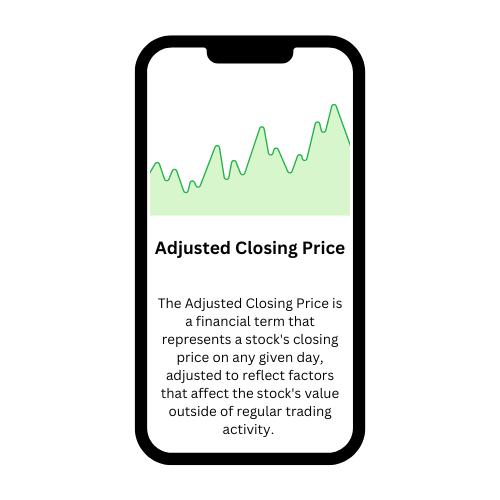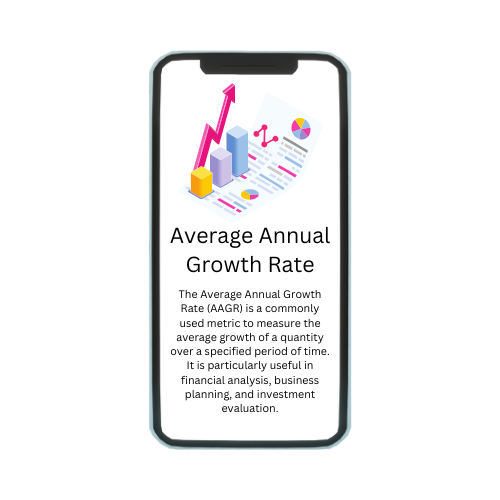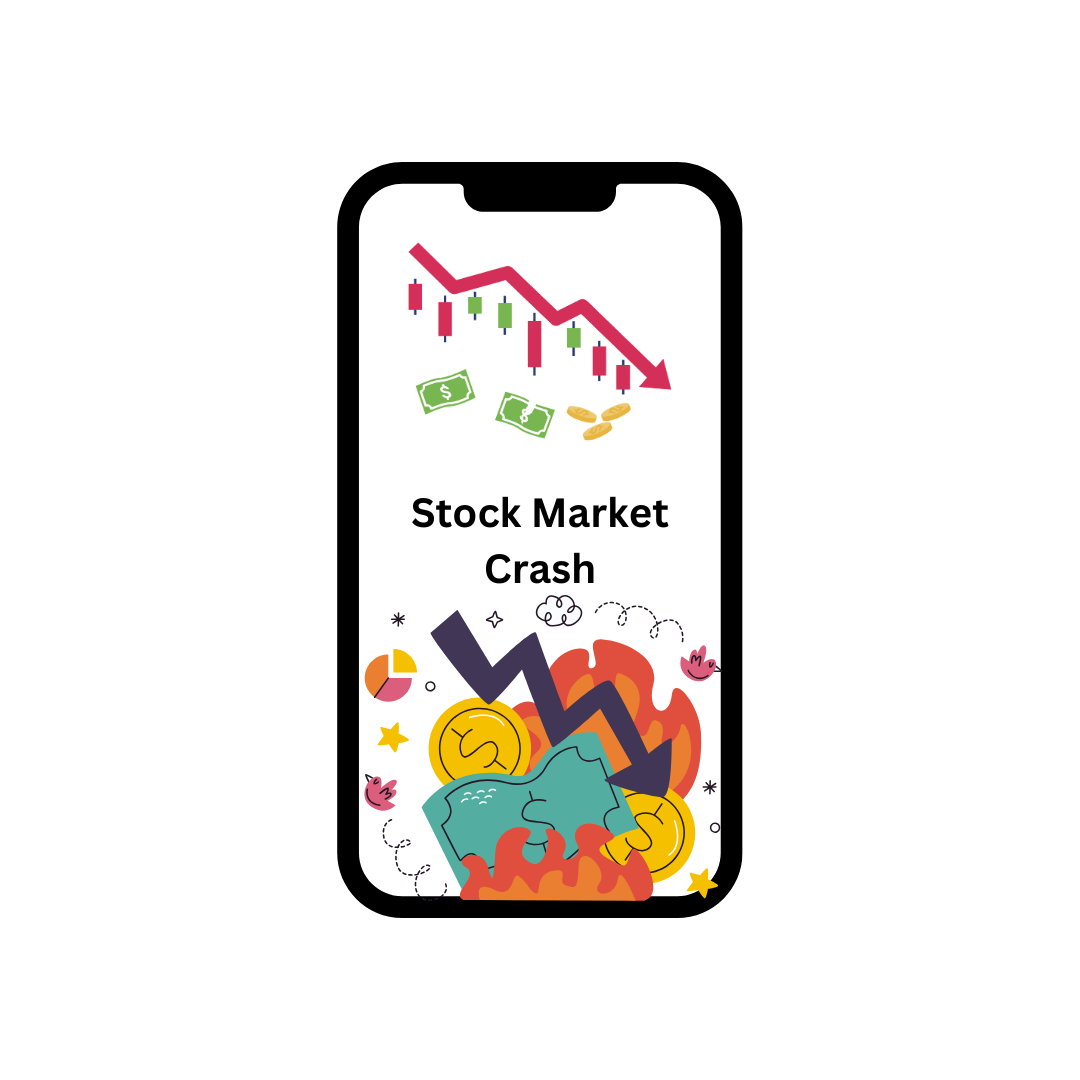Definition and Meaning of Algo Trading
Also known as ‘Black-box trading,’ Algorithmic trading involves the use of computer programs to place a trade based on predefined rules and principles. The computer program uses a set of instructions that helps make trading decisions and earns profits at a pace that would be difficult for a human trader to achieve. Algorithmic trading, in addition to giving profit opportunities for traders, makes markets more liquid and trading more systematic by eliminating the effect of human emotions on trading.
Origin of Algo Trading
- 17th-19th century
A high-frequency trader (HFT) utilizes cutting-edge technological advances to get information quicker than the competition and then execute his trading order faster than the competition. Surprisingly, the phenomena of rapid information distribution may be traced back to the 17th century. In the nineteenth century, Julius Reuter, the founder of Thomson Reuters, utilized a mix of technology including telegraph lines and a fleet of carrier pigeons to convey news.
- Late 20th century
After computerized trading systems were introduced in American financial markets in the 1970s, the use of algorithms in trading grew. The Designated Order Turnaround (DOT) system was developed by the New York Stock Market in 1976 to route orders from traders to experts on the exchange floor. Michael Bloomberg founded Innovative Market Systems in 1983.
- Early 21st century-present
In the early 21st century, electronic trading improved, and by 2009, computers had performed over 60% of all deals in the USA. Until 2010, HFT accounted for 56 percent of all stock trading in the USA. Nano trading technology was first introduced in 2011. Fixnetix created a microchip that can perform transactions in nanoseconds.
Advantages of Algo Trading
Some of the advantages of algorithmic trading include:
1. Rule-based decision making: Traders and investors are frequently influenced by feelings and emotions and tend to trading techniques. Algorithms work to address this problem by guaranteeing that all trades follow a set of rules. Execution of the decisions occurs at the desired levels due to the quick and precise outcomes of computer programs.
2. Reduce market impact: Transaction costs are lower, and the predetermined rules help make automated checks on several market situations simultaneously. A trading algorithm can also purchase shares and check immediately to see if the transaction has influenced the market price.
3. Minimize human fallacy: As algorithmic trading works based on predefined instructions, there is less risk of making mistakes while placing transactions. This lowers the possibility of human traders making mistakes as a result of emotional or psychological factors.
Disadvantages of Algo Trading
Some of the disadvantages of algorithmic trading are:
1. Trades go unnoticed: A trading algorithm does not show any of the signs that the algorithm has been designed to search for. Thus, trading algorithms may lose out on trading deals. This problem can be resolved by simply increasing the number of indications that the algorithm should search for, but such a list can never be exhaustive.
2. Need for monitoring: While it would be ideal to switch on the computer and lay back for the day, automated trading systems do need constant supervision. An automated trading system may encounter irregularities that result in erroneous, missing, or duplicate orders. These incidents may be quickly detected and handled if the system is monitored.
Algorithm trading has taken over the work of manual trading in all parts of the world. It requires lesser human intervention and makes fewer mistakes. Even though it is a great tool for efficient trading, it should be used by experts and professionals only, as the mechanism may not be easy to grasp for amateurs.






